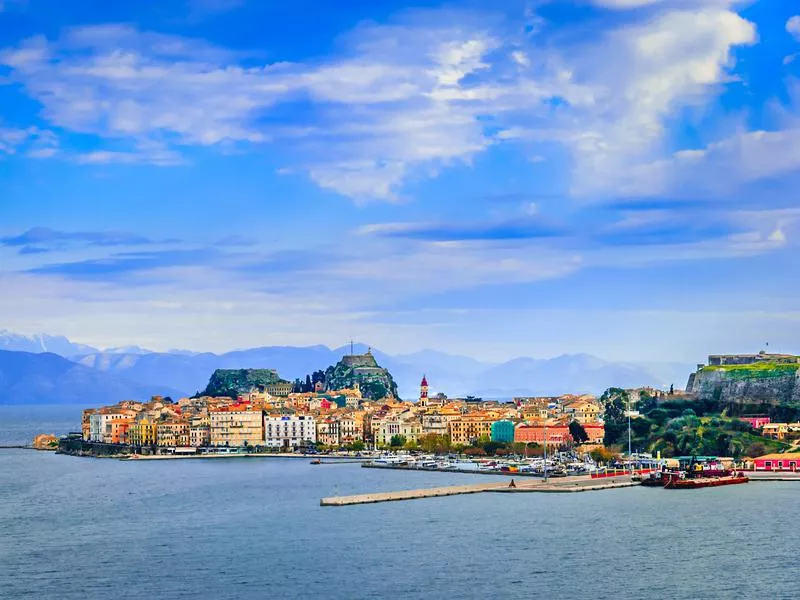At times, it’s easy to forget that continental Europe is surrounded by a remarkable selection of islands. If you’re hankering for an island getaway — and, who isn’t? — there’s likely to be at least one that ticks all the boxes.
There are several factors to consider if you’re struggling to decide on which island, or islands, to visit. Are you looking for pristine, unspoiled beaches, neat rows of umbrellas and sun loungers, or rugged mountains and dense forests? Bustling streets or total isolation? Are you interested in history and quaint Old Towns or drawn toward modern conveniences and glitz and glamour?
Budget plays a role, too — getting to and from these islands isn’t always easy, and as a result, prices are often steep. Conversely, some islands are surprisingly affordable and accessible via major ferry routes.
Factoring in price, natural beauty and diversity, we’ve compiled a list of the top 25 European islands you can visit … and should visit.
Corfu, Greece

Although popular, Corfu still retains a sleepy island charm. Getty Images
The Greek island of Corfu has seen British, French and Venetian rule, lending it an intriguing history still visible to this day. Although now unmistakably Greek, the influence of previous rulers, in the form of fortresses, medieval roads and French architecture, makes this a delight to visit.
These days, luxury resorts dot the shoreline, and although popular, Corfu still retains a sleepy island charm — particularly if you head inland.